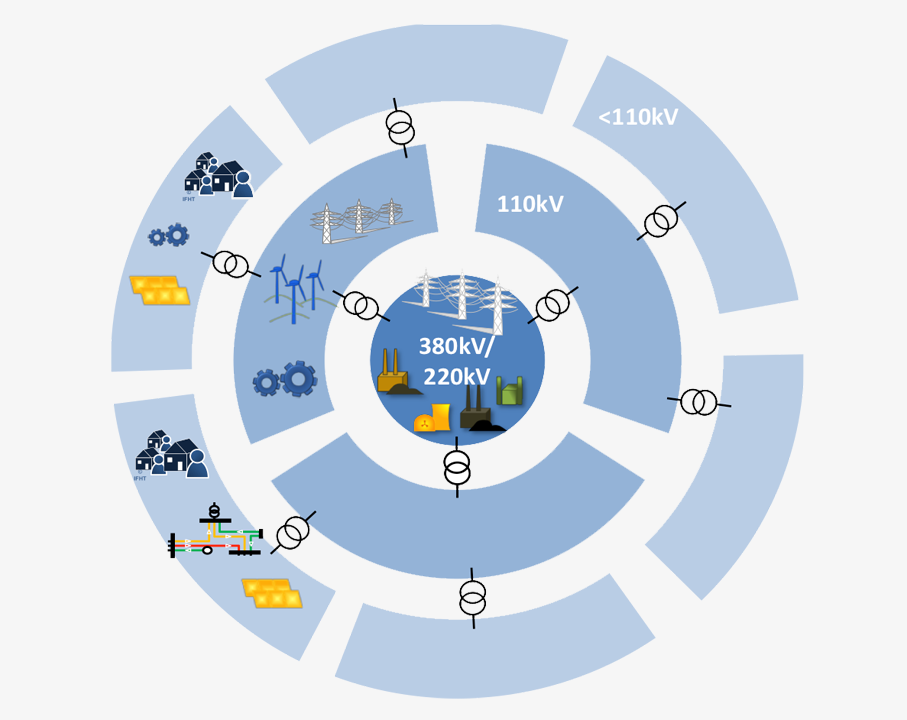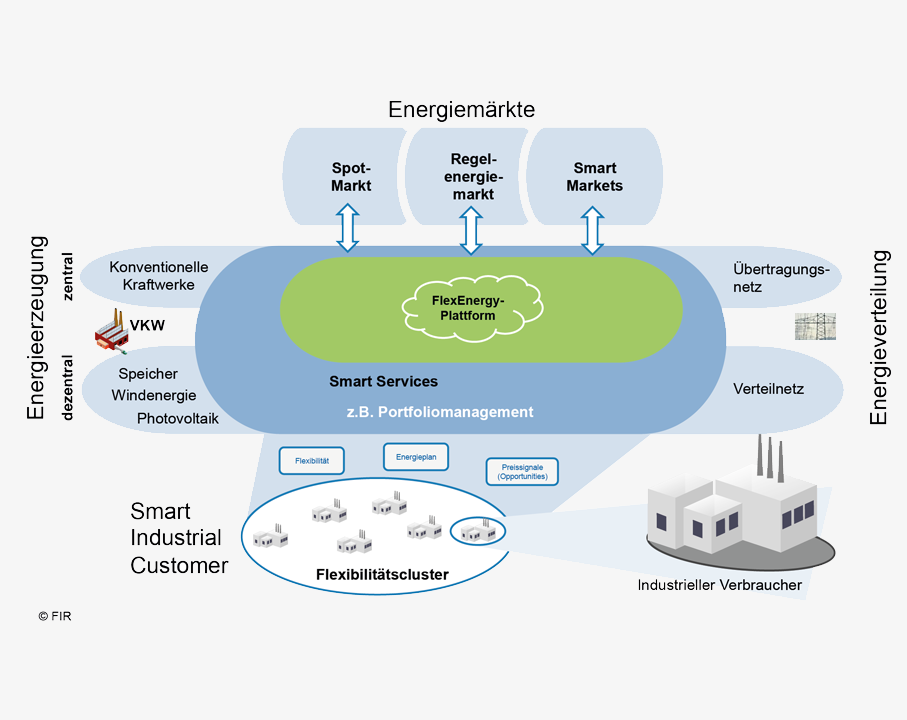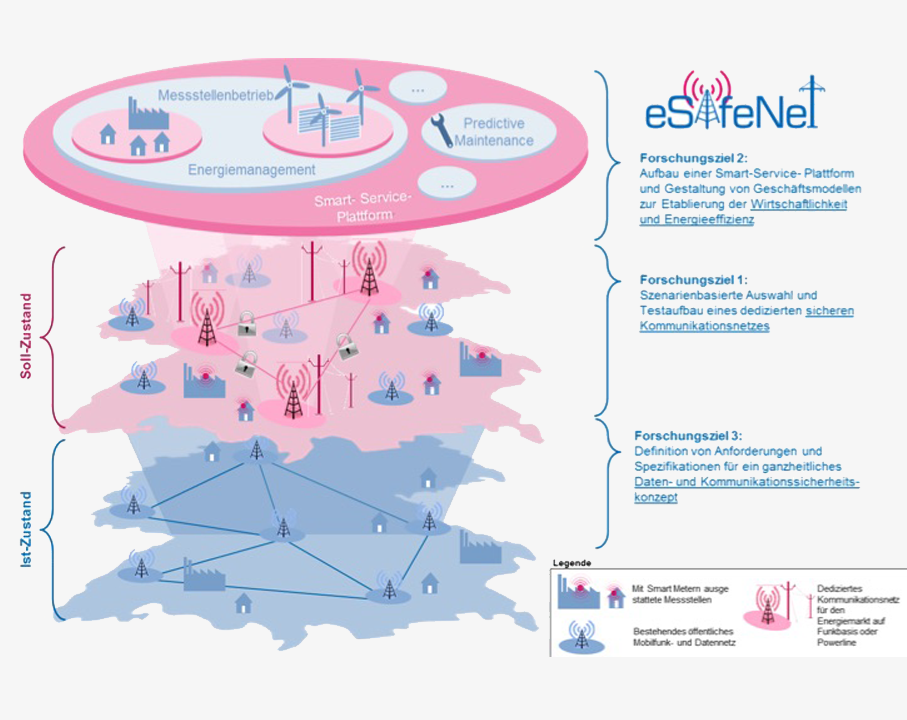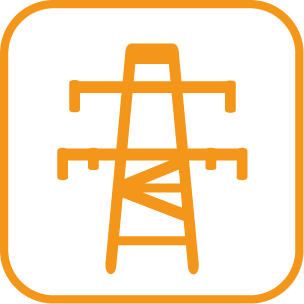About us
Think Tank - Team uxENERGY
Technology and complexity management, design, architecture and development of hardware and software, conception and implementation of projects in distributed systems, real-time data management, Internet and cloud technology, interactive services, as well as for mobile Internet devices.
Bringing together multinational, interdisciplinary development teams. Progressive knowledge management, agile development methods and rapid prototyping form a wide basis for a successful solution implementation.
This team has been working together for many years and was significantly involved in the development and success of the accom, today's NetAachen.
It means that the core team with decades of experience is available for a quick and successful start.
Research projects
Our research and development projects are divided into three complementary technical and economical areas. The contributions are focused on ICT aspects.
The projects are funded by the BMBF and BMWI.
SwarmGrid

To meet the challenges of system stability, the "SwarmGrid" project aims to achieve an in-depth integration of decentralised systems for the provision of system services with minimum communication effort by using a collective intelligence approach that has not been tried before. The project is funded by the BMBF.
FlAixEnergy

the necessary information for the energy trade is provided through the accurate collection of data from the generation as well as from the provision of the available conventionally or renewably generated energy. Individual tariff models based on balancing supply and demand are presented using intelligent accounting mechanisms.
eSafeNet

The aim of the research project eSafeNet funded by the BMWI is the research, conception and demonstration of an innovative information technology communication approach for the Internet of Energy. Basically, the potential of a dedicated communication network infrastructure using mobile wireless as primary technology and wired transmission technologies, such as powerline, will be investigated.
❮
❯










